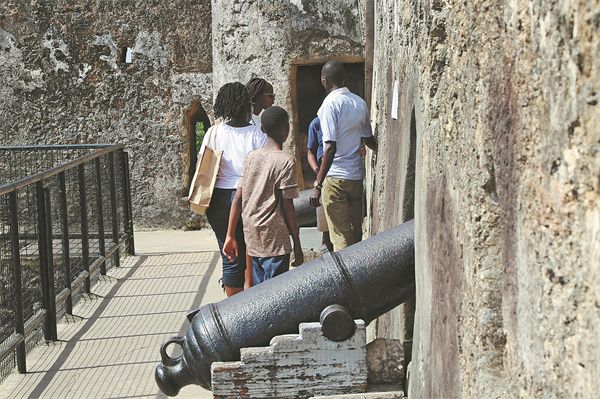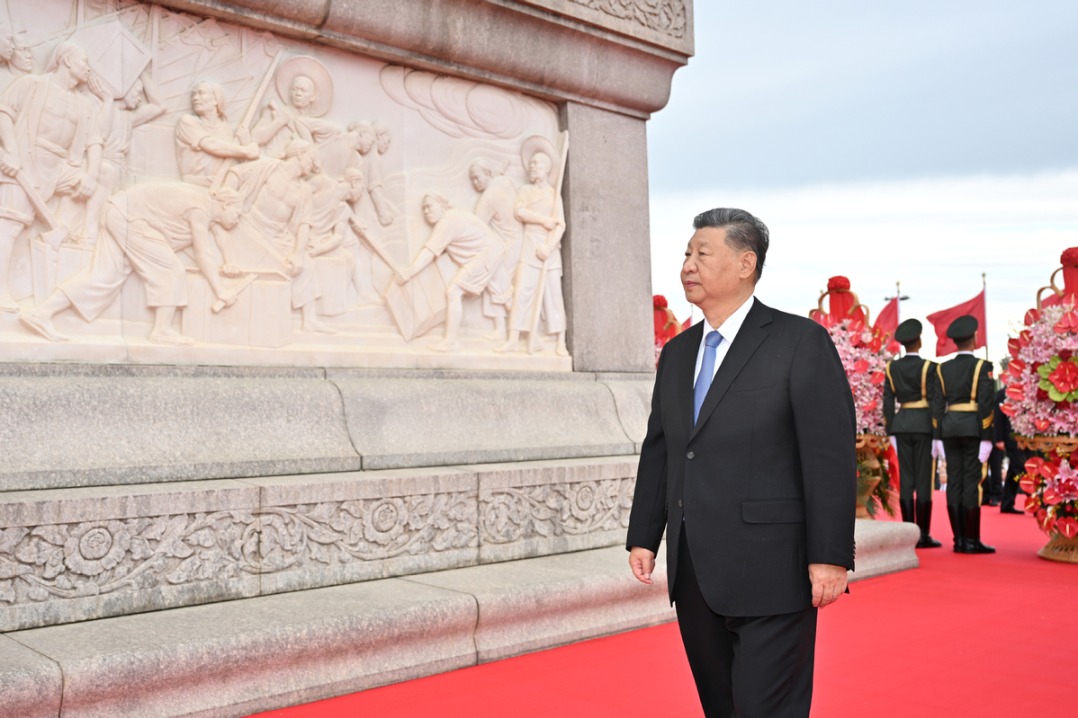Fort Jesus, standing testament to rich past of Kenya
By Otiato Opali | China Daily | Updated: 2022-12-31 09:55

Site dated back to early colonial conquest in Africa tells the story of multicultural, interconnected Indian Ocean
Built by the Portuguese toward the end of the 16th century on the Kenyan coastline in Mombasa city, Fort Jesus tells the story of early colonial conquest in Africa and how the Portuguese at one time ruled the trade routes of the Indian Ocean.
Lawrence Juma, a local tour guide, said that no fort in Africa has undergone as much turmoil as Fort Jesus. The massive and imposing fort has repeatedly changed hands since it was built by the Portuguese as states fought for control of this key choke-point for the flow of regional trade.
"From 1631 to 1875 Fort Jesus changed hands several times, being captured, overrun and recaptured by the Portuguese, Arab soldiers, African Swahili warriors and British colonialists. The battles for the control of the fort were fierce because whoever took over the fort became the master of the growing city of Mombasa and the wealth of the Indian Ocean trade routes," Juma said.
Built between 1593 and 1596, the fort, which is protected by plastered coral walls as high as 18 meters, features a starlike, angular shape, designed so that any assailant trying to climb any of the walls could easily come under fire from one of its many watchtowers, and so that cannonballs would be more likely to ricochet rather than scoring a direct hit.
Seen from the air, the fort, which was designated a UNESCO World Heritage Site in 2011, was designed in Renaissance fashion to reflect the proportions of the human body, and looks like a man lying on his stomach facing the ocean.
"After completion the fort quickly became a vital asset for those desiring to control Mombasa Island and the surrounding trade routes and was won and lost nine times during various battles for the control of Kenya between 1631 and 1875 before finally resting with the British," Juma said.
Walking around the fort, one can see elements left behind by each of the major powers that once occupied it. British and Portuguese influence can be seen in the various cannons found in the fort while the Omani Arabs marked their occupation by etching Koranic inscriptions into the wooden door posts and ceiling beams.
Fort Jesus was occupied by the Portuguese for almost a century, who used it as the main point of control over the port of Mombasa and the maritime traffic of the Swahili Coast. When it later fell into the hands of the Omani sultan, it was turned into an administrative center. When the British took over, the fort was converted into a prison until the eve of independence in 1958 when it was declared a National Monument.
Today the fort, which sits on a 2.36-hectare site, is open to visitors who can view some of the surviving historical structures, including an open water cistern used by the Portuguese to harvest rainwater, the ruins of a church built by the Portuguese and a 23-meter deep well bored by the Arabs.
























